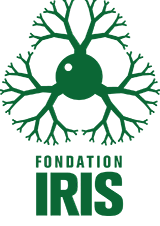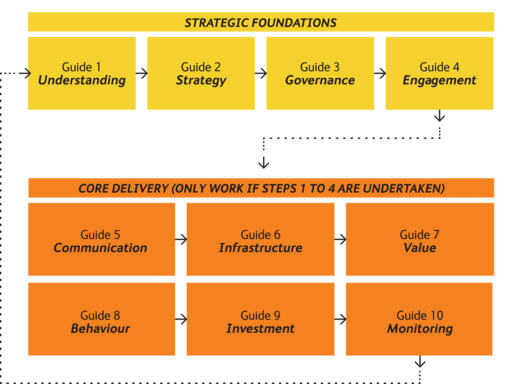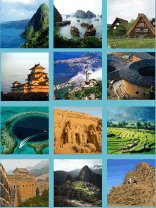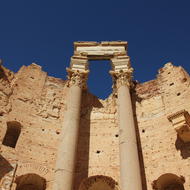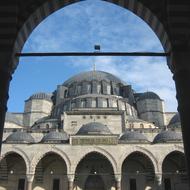How to use this guide
These easily accessible 'How To' guides are focused on best practice approaches to sustainable economic development through tourism. The first of their kind, the 'How To' resources offer direction and guidance to managers of World Heritage tourism destinations and other stakeholders to help identify the most suitable solutions for circumstances in their local environments and aid in developing general know-how for the management of each destination.
The 'How To' guides bring best practice knowledge to the full WH community, so that site managers, tourism professionals, conservation professionals, and communities around the world understand the possibilities of sustainable tourism and what key issues have already been achieved. These resources are a valuable asset to site managers in particular, who often lack the tools and know-how to effectively manage and maximise tourism benefits, while minimising its negative impacts.
Our series of guides have been structured as a step-by-step process for site managers.
- Guides 1-4 establish the basic foundations for sustainable tourism (these are coloured yellow).
- Guides 5-10 are tailored to more specific issues, which will have greater relevance at some sites than at others (these are coloured orange).
We recommend that site managers explore each guide, however, as sustainable tourism is a holistic process, addressing all issues in a strategic manner.
Our Objective
The goal is to stimulate local solutions in communities through capacity-building in best practice. With the immense scale and variation of World Heritage Properties around the globe, coupled with scarce human and financial resources, this is now more important than ever. Site managers and other stakeholders in the tourism sector must have access to these types of innovative sustainability tools in order to develop and formulate their own successful results.
Ideally, site managers and other users will begin to navigate through this system by learning basic ideas and guidance. The system then enables the user to delve deeper into any given subject that falls in line with their local interests, needs, and aspirations.
Our objective for these guidance resources is to enable the growth and success of an entire community of World Heritage Properties, making positive changes to their local surroundings and pro-actively managing tourism in their areas. In parallel, by establishing this community, we aim to facilitate knowledge exchange of the most progressive ideas, and encourage their implementation and evolution.
The driving ethic for the 'How To' guides is to explain critically important ideas for sustainable tourism in World Heritage sites in a clear and concise manner, conveying the key knowledge and processes in a reading time of under 20 minutes per idea. Our goal is to make implementing the ideas of sustainable tourism easier to understand and put into practice for all parties involved.
Getting started
We understand the complex range of different societies in which World Heritage sites exist, and the many challenges site managers face on a daily basis. While the intention is to encourage each site to undertake most, or at least many, of the tasks included in the guides, considering them together all at once may seem daunting and even impossible.
We have developed this tool as a source of guidance and inspiration. It is a menu of ideas from which you, the user, may choose to put into practice, helping your World Heritage site become more sustainable for its current and future visitors.
Getting to know these 'How To' guides will move your site towards better self-management and sustainability rather than demand a level of sophistication that might simply be unattainable for some World Heritage sites. We would urge all site managers to read through these resources thoroughly and begin to think about what positive steps can be taken to implement these changes. Again, we remind each user that results will differ for each site, and the circumstances of the local environment and community must always be taken into consideration.
Sustainability is a complex system to navigate. Please feel free to ask any questions regarding the information provided in the 'How To' guides, or send us your feedback. We are here to help.
Supported by:
